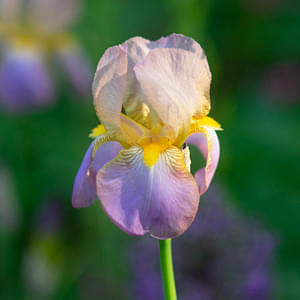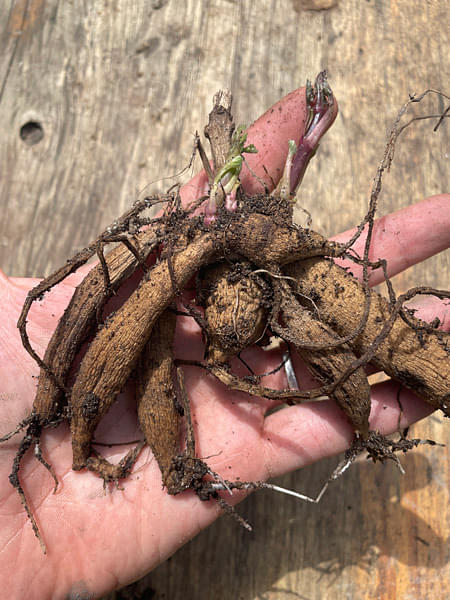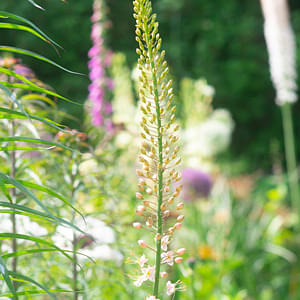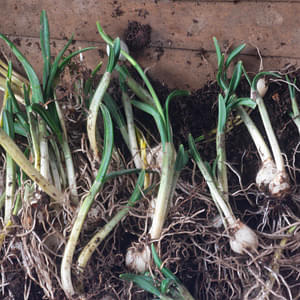How to plant irises Germanica and irises Sibirica
- How to plant Bulbs - Spring planting plants
- 8 Oct 2019
-
95views

Perfect for the middle to the back of the border, irises Germanica and irises Sibirica are excellent statement perennial plants that will bring pazzaz and a little wow factor to your garden, from the cottage style to the modern contemporary. They also divide very easily and are therefore excellent value for money.
Irises Germanica produce large blade-like leaves and large beautifully structured flowers composed of three upper petals and three lower petals, also known as falls. The base of these falls are peppered with soft hairs, a quality that has earned these irises the common name of Bearded iris.
How to grow irises Germanica and Sibirica
- Plant in a sunny position where their rhizomes can bake in the sun
- Avoid planting them with ground cover plants as these might hide their rhizomes from the sun
- They like a soil with good drainage and although they prefer a neutral soil, they will cope if the soil is chalky or alkaline
- If you have clay or heavy soil, add in some grit to help with the drainage.
- Irises Sibirica are slimmer family members. Beardless and sporting a more delicate look, they love the sun but will tolerate partial shade. They will tolerate any soil from light to heavy and although they do not like waterlogged soil, they will take more moisture than irises Germanica. Unlike the thicker fleshy irises Germanica, their leaves are more grass-like.
Aftercare
- Our irises are bare-rooted so if you can’t plant them straight away, put them in some damp compost or give them a light soak to plump up the rhizomes before spreading their roots a little and planting at soil level.
- Give them about 30 cm spacing and provide them a good high potash feed while they are growing - make sure to always avoid high nitrogen fertilizer.
- Once the flowers have faded, bone meal will give them a boost to help see them through the winter.
- After 3 to 4 years and once the iris have established, you can divide them to make new plants. This will also prevent them from becoming woody which would eventually results in fewer and fewer flowers.
- Dig the clump up after flowering using a sharp knife and cut away the leaves to a fan shape. Each piece should have a portion of the rhizomes approximating a length of 15 cm. If a rhizome looks withered, it is best to discard them.
Potential problems, pests and diseases:
There are not too many problems to look out for but do keep an eye out for rhizome rot. Usually showing in the late spring, the first signs of rot appear at the base of the stem before travelling into the rhizome. Once infected, it will become brown and soft and will give off a distinct rotting smell. As soon as you see this, cut away any patches back to good clean root and dust with fungicide.
Grey mould or botrytis is another problem you should look out for! Easy to spot, its fuzzy off-white or greyish brown spores usually appear in the leaves. It is vital you do not disturb the plant too much as it will release the spores into the air and will infect other plants. A good idea if to use a fleece to cover the iris to help prevent the airborne spread. Cut back and burn any infected growth and treat the plant with an appropriate grey mould fungicide. Slugs, snails and thrips can also be a problem.
Once planted all you have to do is sit back and wait for the show.
Iris flower in late spring along with alliums and camassia and make company for these tall flowers.












